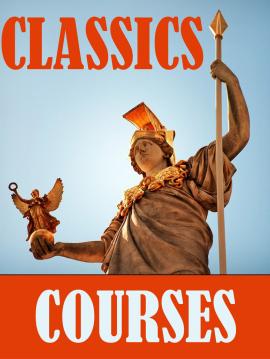 Classics 172B. Later Greek Art and Architecture (4 units) [Cross-listed with AHI 172B]
Classics 172B. Later Greek Art and Architecture (4 units) [Cross-listed with AHI 172B]
Alexandra Sofroniew
Course Description: This upper division course covers the art and architecture of ancient Greece from the rise of Alexander the Great to the Roman conquest of the Greek world, so from the 4th to the 1st centuries BC. Referred to as the Hellenistic period, this was a time of great cultural and artistic change. After the conquest led by Alexander the Great and his armies, the Greeks occupied territory from Egypt to Afghanistan divided into a number of Kingdoms. The royal families became extremely wealthy, funding huge building projects and supporting art and science. Luxury lifestyles and the increased exposure to Near Eastern, Egyptian and other cultures dramatically transformed Greek art and architecture.
But this was also a time of war, crisis and uncertainty. Artists responded by depicting ordinary people as well as gods and kings, and showing the anguish of defeated enemies. Hellenistic art is considered some of the most expressive and emotional of any time period, with an emphasis on story-telling. Throughout the course, we will learn to look at and interpret many different types of artwork, including statues, painted pottery, mosaics, silverware, and architectural and funerary sculpture. And we will consider these objects in context, the anonymous craftsmen that made them, the customers who bought and used them, and the people who viewed them in their houses, temples, cemeteries and cities.
No prior knowledge of art or ancient Greek history required. The course is a continuation of CLA 172A Early Greek Art and Architecture, but it is NOT a prerequisite to have taken that course.
Prerequisite: None.
General credit(s): Arts & Humanities and Visual Literacy.
Textbooks:
- Greek Art and Archaeology c. 2500- c. 150 BCE. Second Edition by Richard T. Neer, Thames and Hudson, 2018
